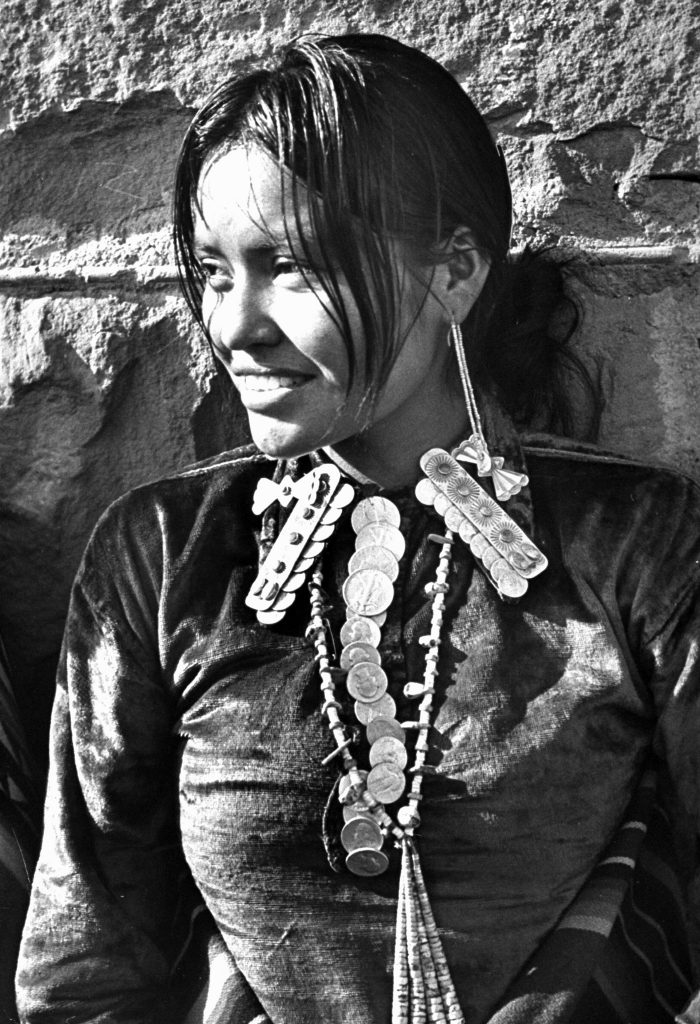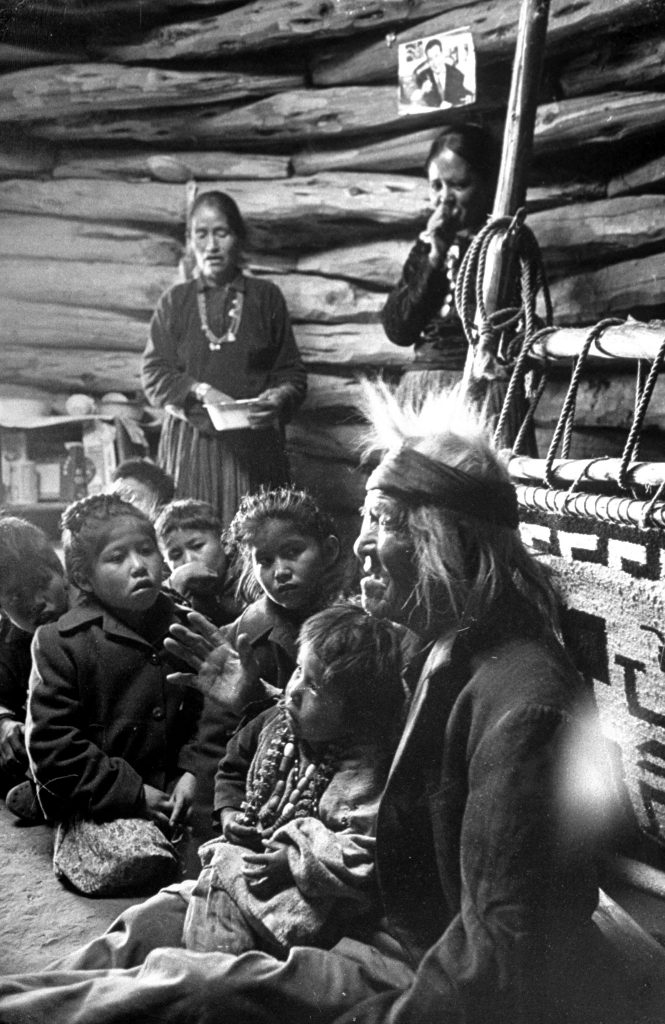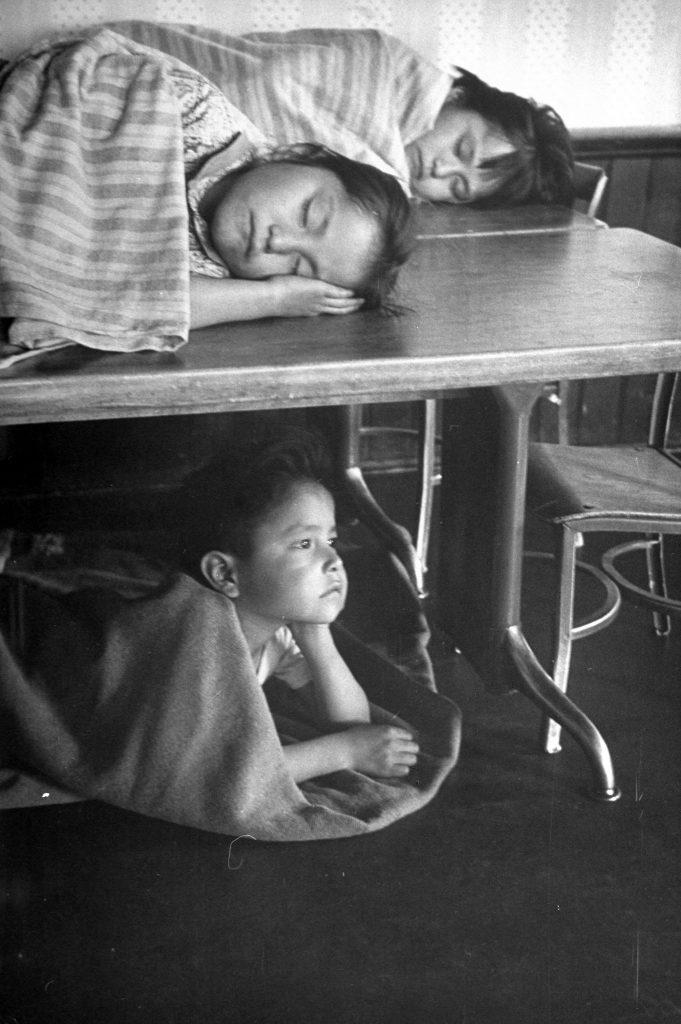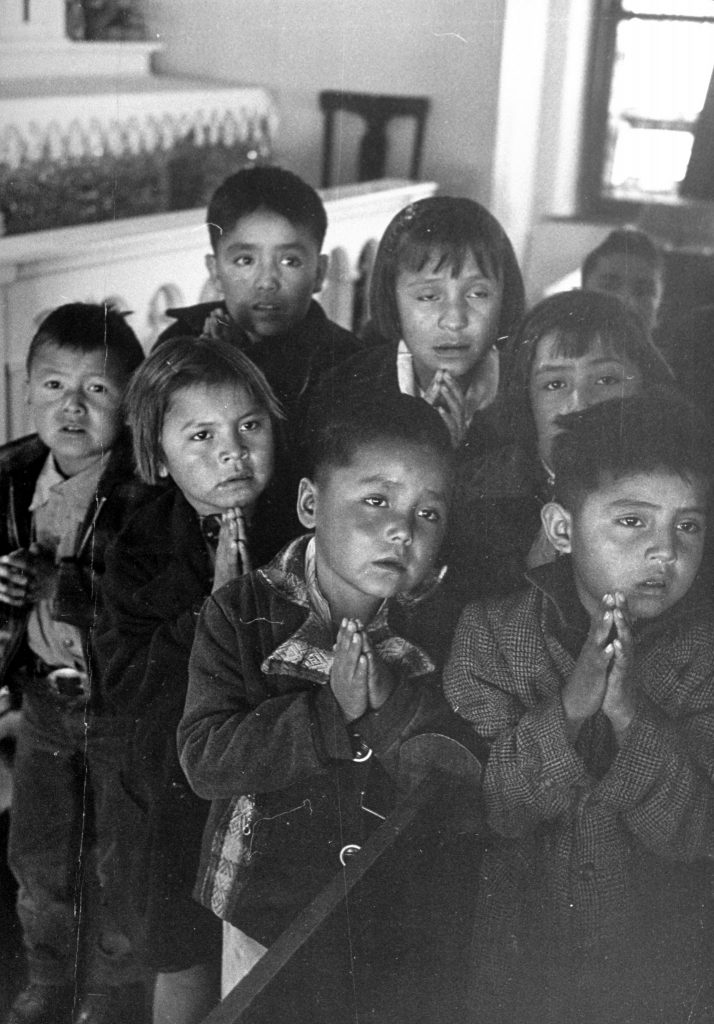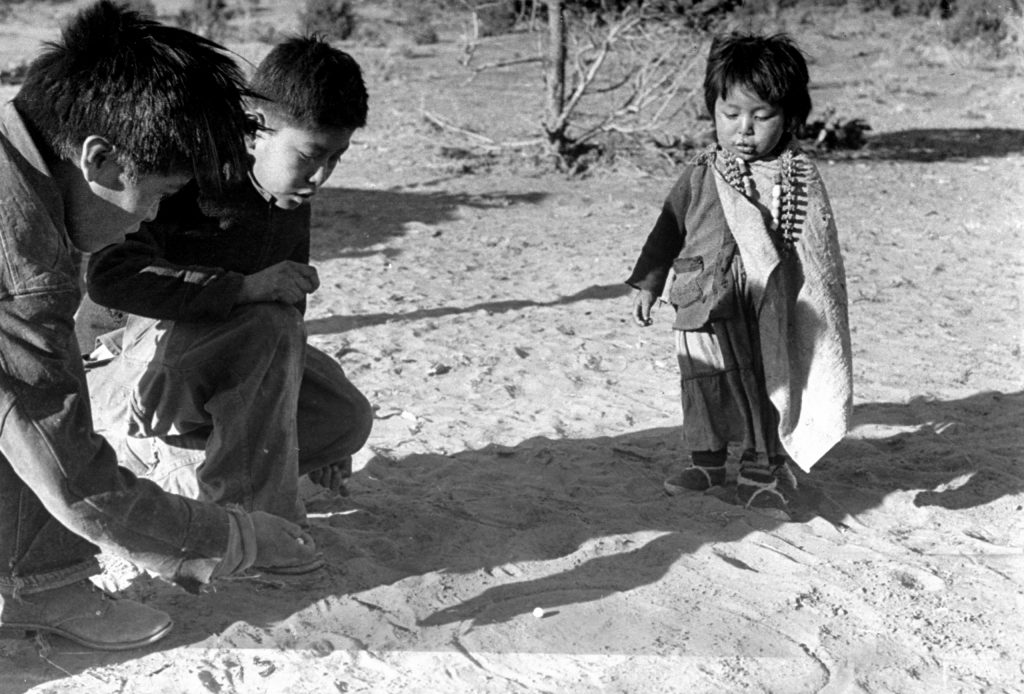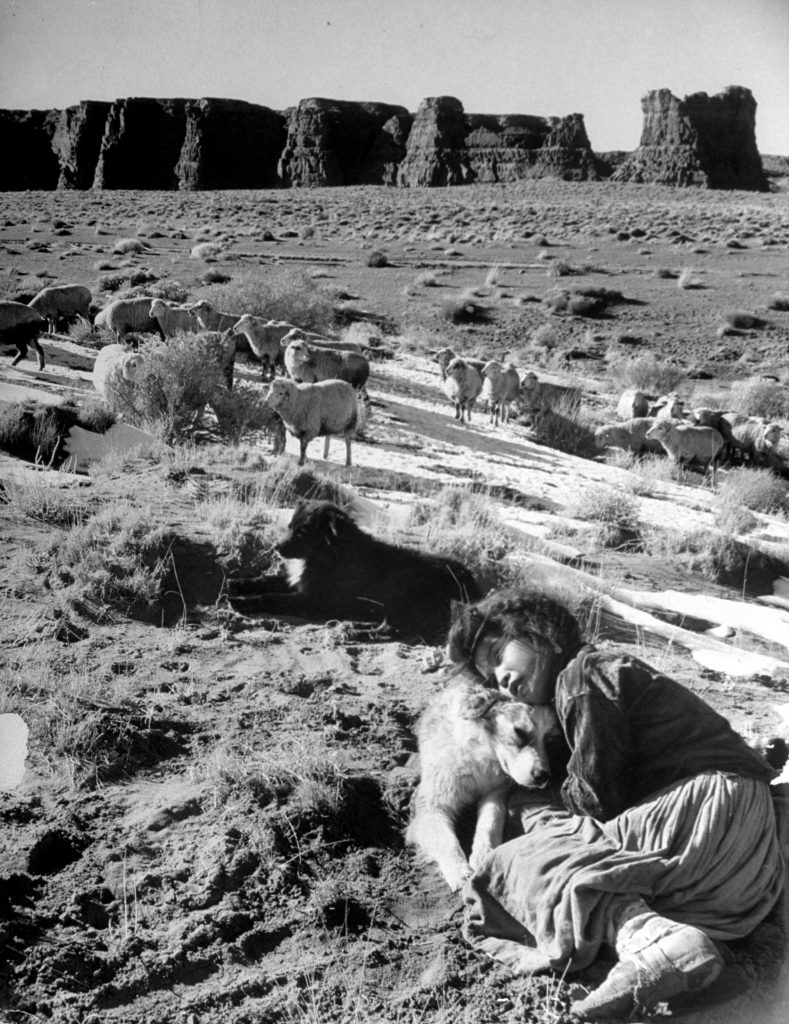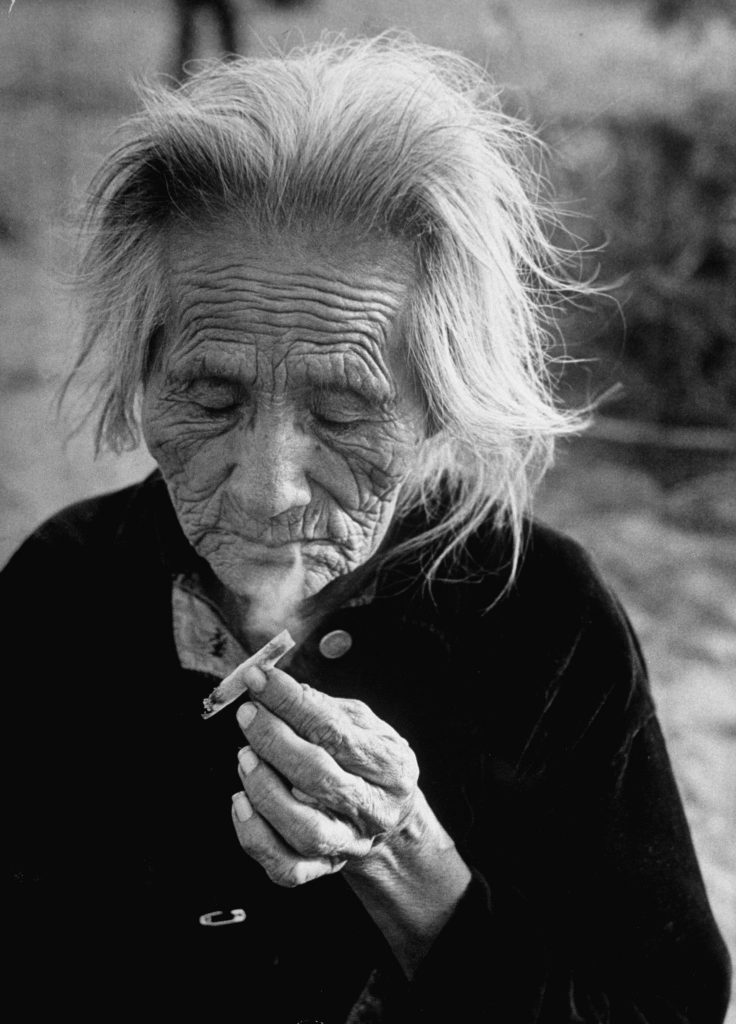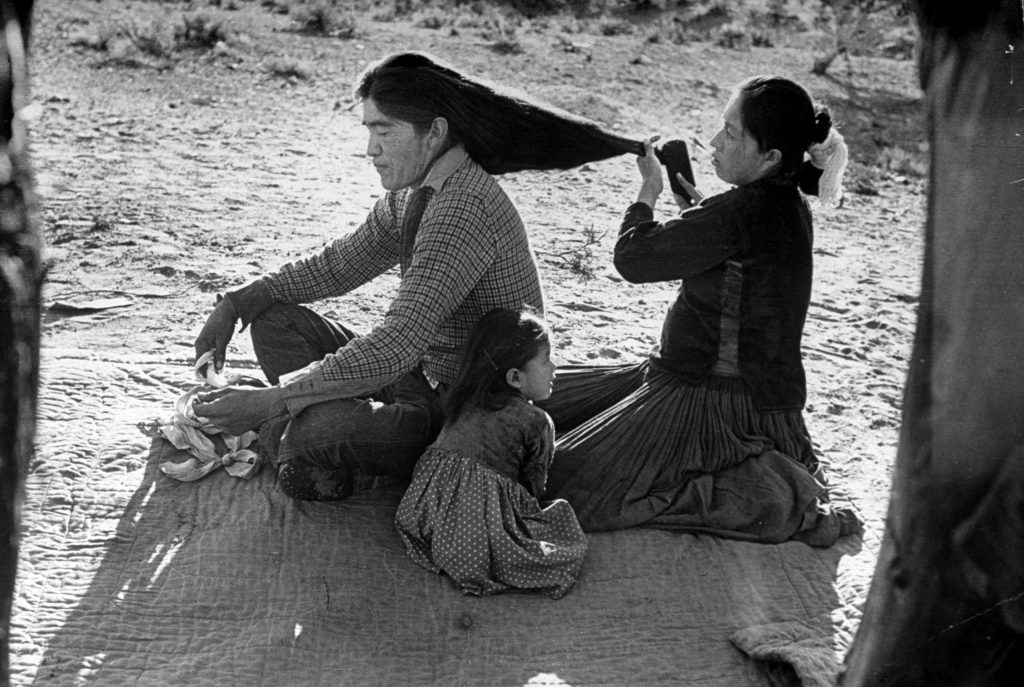Navajo Nation in Crisis: A Country Within a Country, 1948
In 1948, the Navajo Nation faced a critical moment in its history, as captured by photographer Leonard McCombe during his visit to Navajo country in Arizona. At the time, the Navajo Nation consisted of around 61,000 members and was the fastest-growing Native American group in the United States. However, they were confronted with a crisis.
The land on which the Navajos lived could no longer sustain their population, leading to reports of starvation on the reservation. Simply providing food aid would not solve the underlying issue. The story focused on the Yellowsalt family, who relied on sheep herding for their livelihood. However, they faced restrictions from reservation administrators due to the dwindling grass in the area. According to the government’s calculations, the land could only support enough sheep for about 20% of the families to make a sustainable living. Additionally, the Navajo community suffered from devastating diseases introduced by contact with white populations, and the government-run hospitals were insufficient to meet the population’s healthcare needs.
The story raised essential questions: How could technical knowledge be shared with the Navajo people without disrupting their way of life? How could nations with different appearances, languages, and cultures coexist peacefully?
David E. Wilkins, a professor of American Indian Studies, acknowledges the accuracy of the article considering its date and intended audience. However, he notes that some aspects, such as the images of bare-breasted Navajo women, seem unusual, as he is not aware of a ceremony where Navajo women would be unadorned. Wilkins believes that the larger context in which the Yellowsalt family lived is missing from the story. The article briefly mentions that the reservation was hemmed in by land-hungry white settlers, and grazing flocks on the fenced-in space had depleted the range. However, it fails to highlight the federal livestock-reduction program in the 1930s, which mandated a reduction in grazing animals on that land.
In 1948, the Navajo Nation was still grappling with the consequences of the livestock-reduction program, which had devastating economic, psychological, and cultural impacts. The onset of World War II temporarily alleviated the economic challenges, employing over 15,000 Navajos. However, by 1948, the consequences of the program were undeniable. Wilkins explains that the policy-makers believed they were addressing overgrazing, but subsequent research revealed that Navajo livestock were not the primary cause of the land’s problems. Additionally, while federal policies affected every aspect of Navajo life, it was only later in 1948 that the Arizona Supreme Court granted Navajo citizens the right to vote.
The significance of the article lies in its aftermath. Media attention drawn to the Navajo crisis, including this journalistic report, contributed to the passing of the Navajo-Hopi Long Range Rehabilitation Act by Congress. This legislation helped rescue the Navajo and Hopi peoples from their economically distressed situation. It offers a partial answer to the question of how two distinct nations can peacefully coexist.
Overall, the article sheds light on the challenges faced by the Navajo Nation in 1948 and the subsequent efforts to address those challenges. It underscores the role of media in raising awareness and driving positive change for marginalized communities.
Hits: 1
